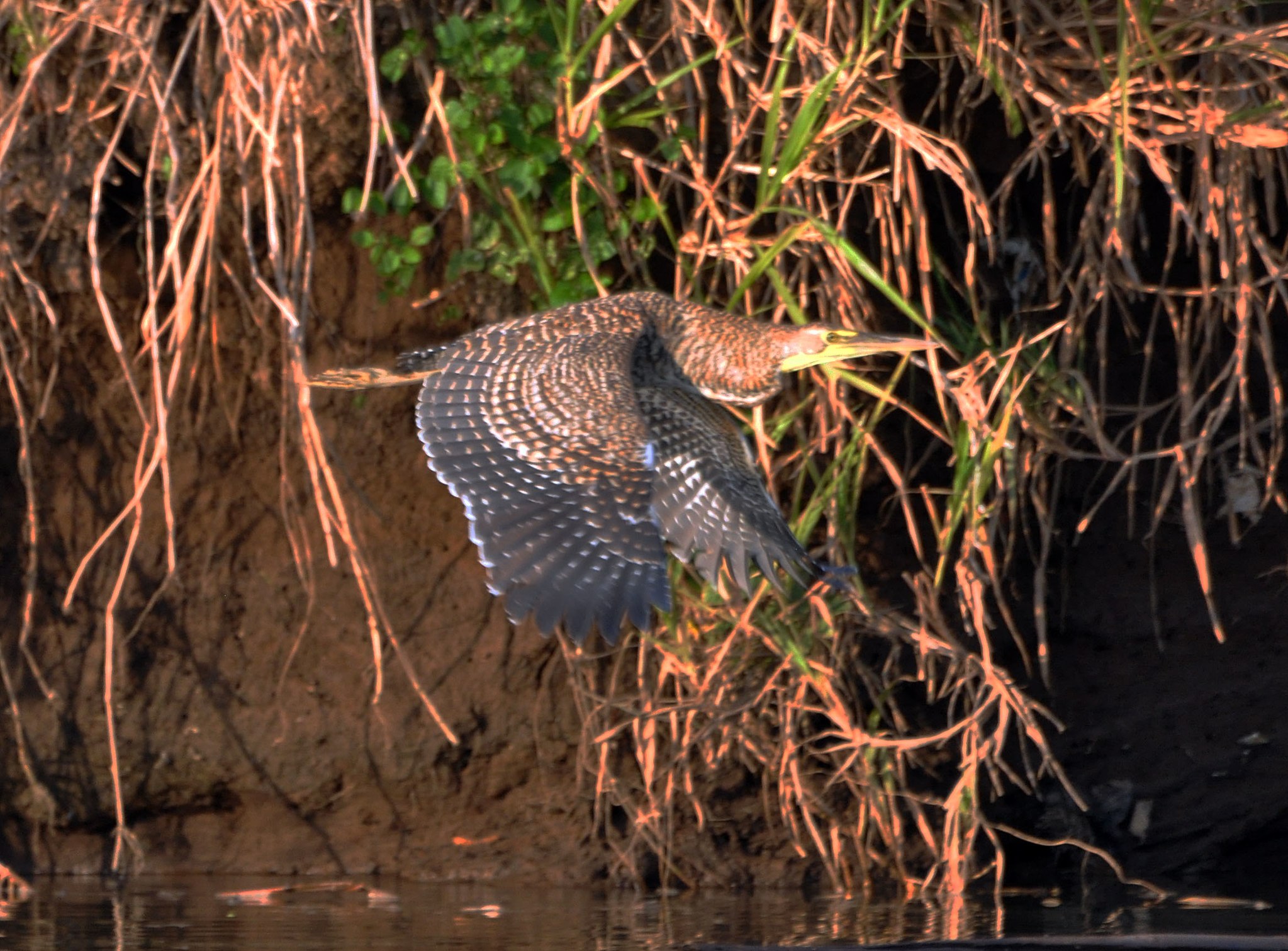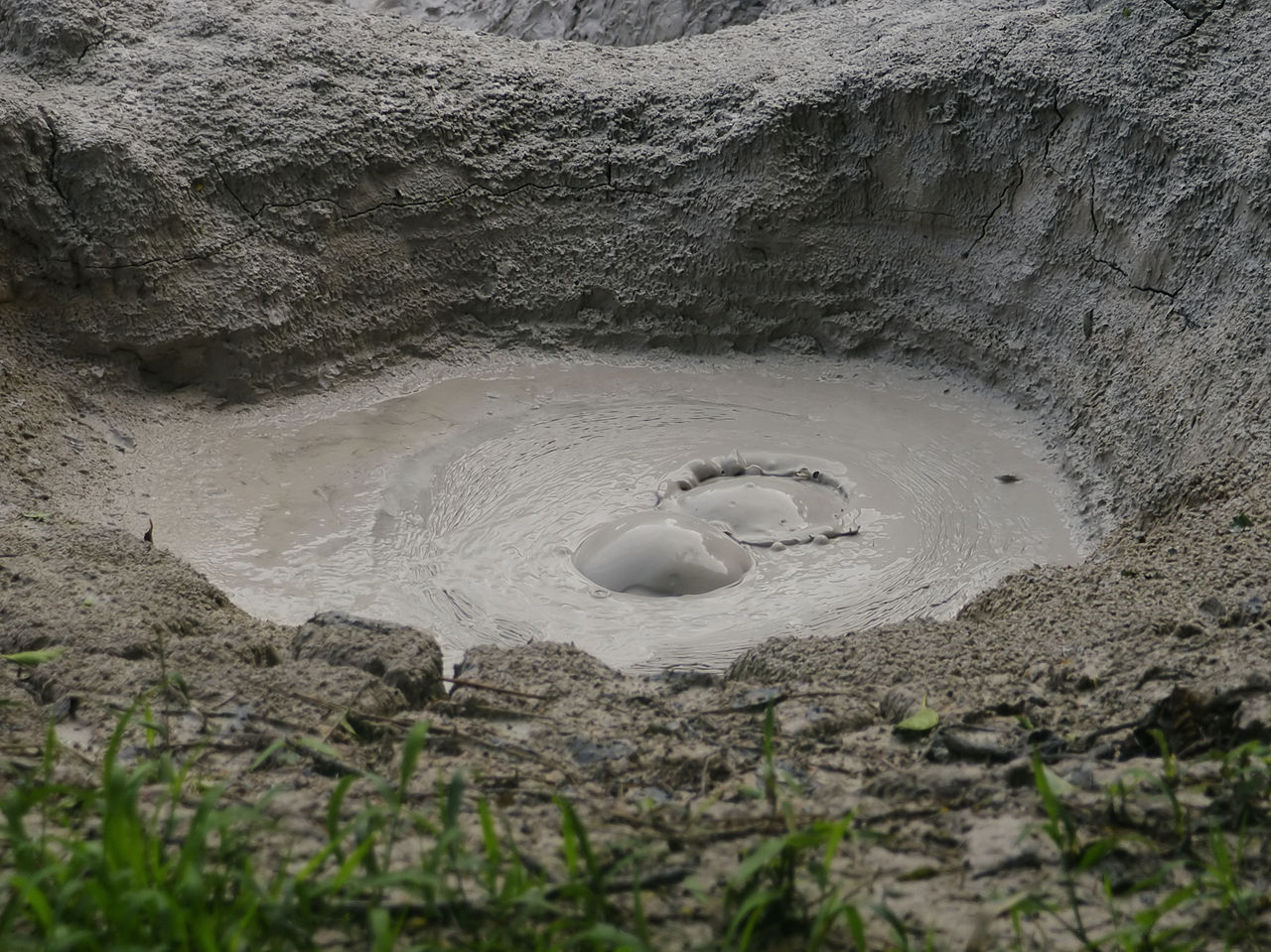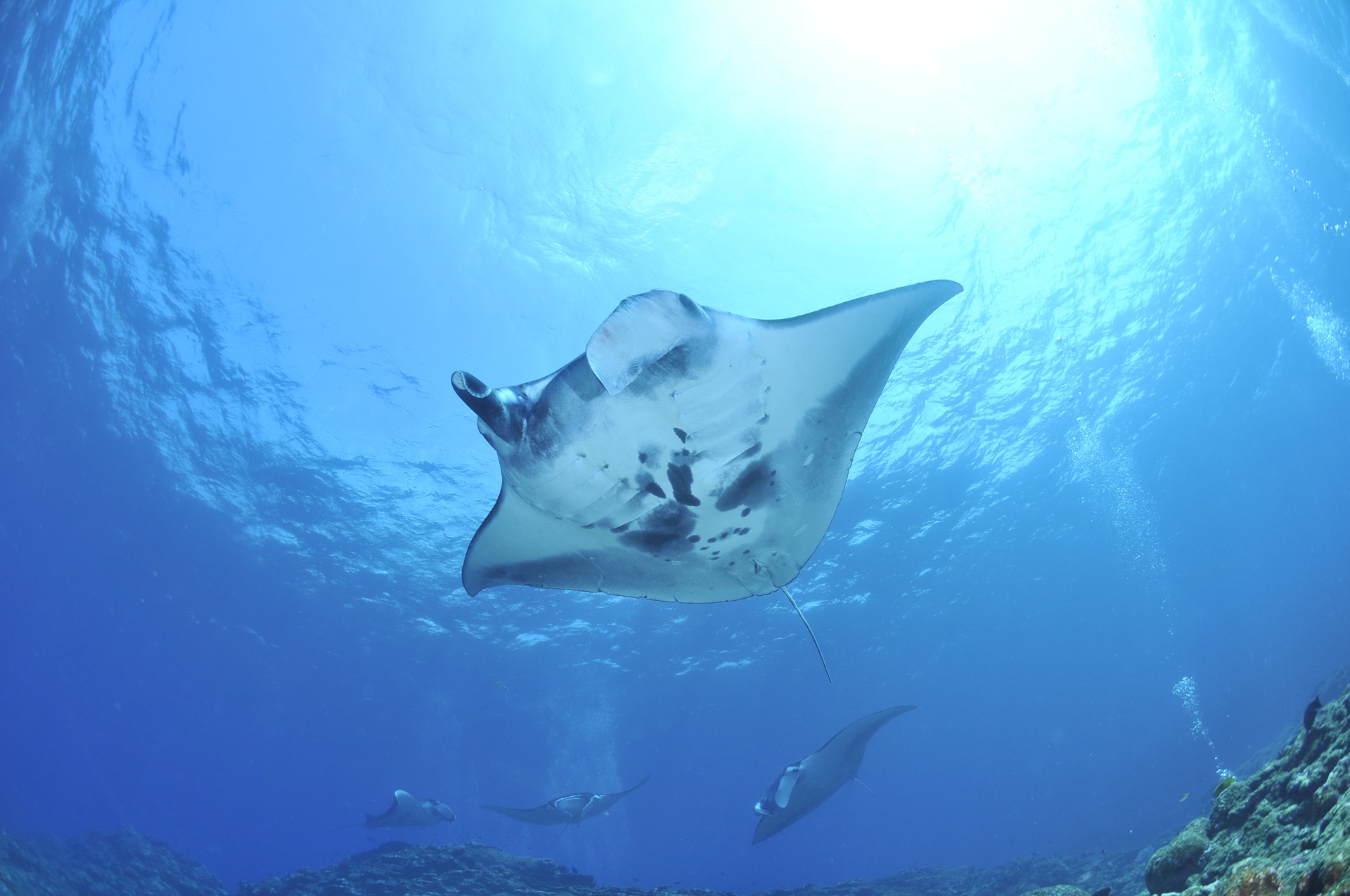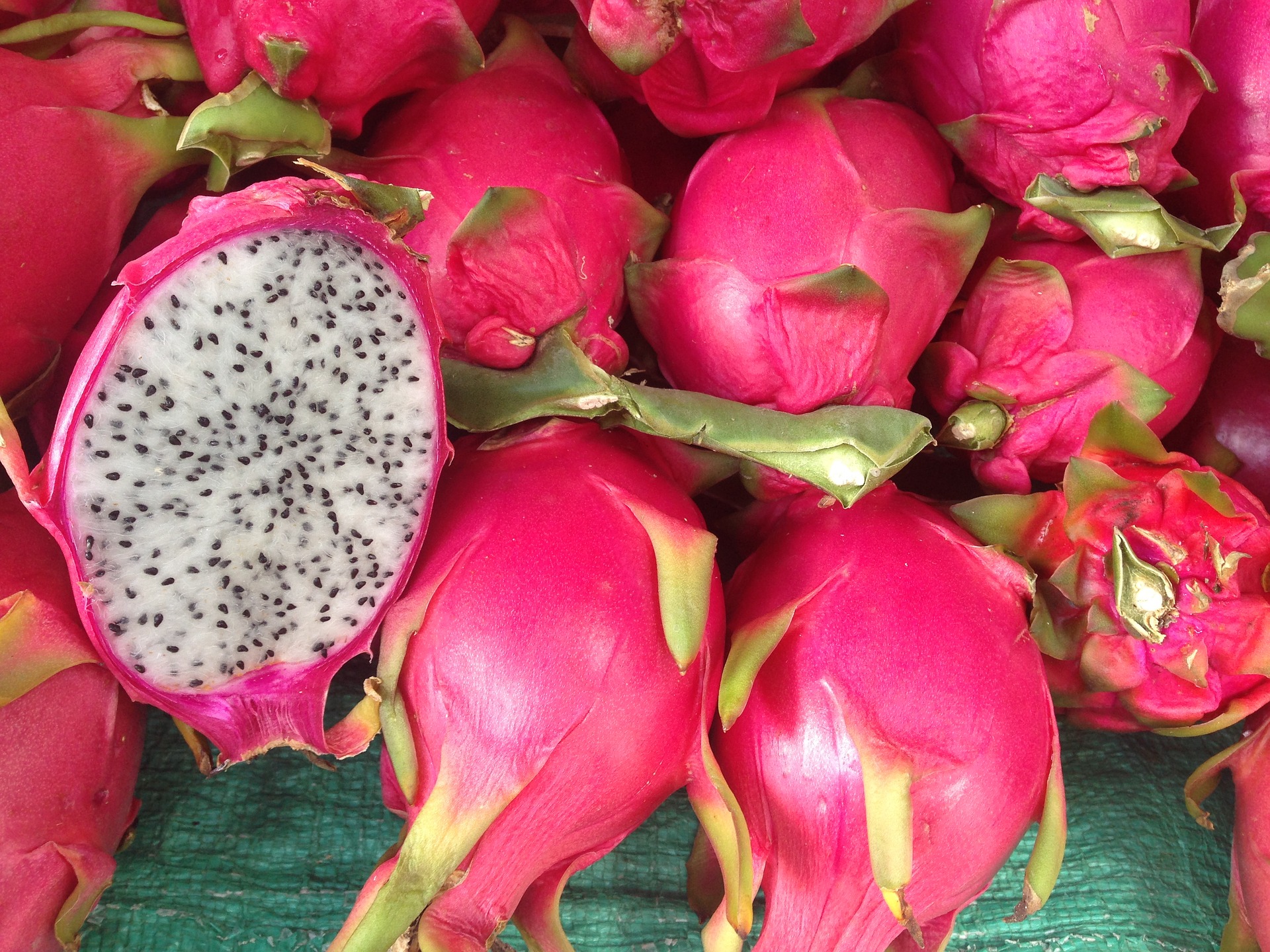We off-the-beaten-path kind of travelers are kindred spirits: We feel an intense need to infuse our travels with at least a few unique sights, authentic experiences, and no-one-else-did-that check lists. That's just how we roll. Luckily, when it comes to Costa Rican attractions, we've been there, done that – we've both traipsed the tourist trail and forged our own path, zig-zagging the entire country in the process.
Along the way, we've discovered more than a few awesome destinations. And, no matter how many times it happens, we're always surprised when we're the only (or almost-only) ones there. How can so few want to hike this trail, or swim under this waterfall, or boat this canal? It's a conundrum, but one we're glad to be on this side of.
Mind you, we're not talking about best-kept secrets; we're staying firmly on the beaten (albeit sometime dirt-road) path, but taking you to a few less-common Costa Rican attractions that have climbed onto our favorites list. We won't pretend we're the first ones to make these recommendations, but we will encourage you to go. Like, really. If you can fit all seven into your trip, do it! We promise – your resulting Costa Rica travel tales will be like nothing like the same old stories other travelers tell!

If you have even an ounce of casual bird-watcher in you, then you owe yourself a visit to Palo Verde National Park, a 45,500-acre park just two hours from Tamarindo and home to Guanacaste's most important watershed and 15 spectacular habitats, ranging from limestone hills and sun-parched savannahs, to mangrove forests and saltwater ponds. But enough about that – you're here for the birds! And birds, you will certainly see. More than 300 different bird species have been spotted at Palo Verde, numbering up to – wait for it... – a jaw-dropping 250,000 birds in residence. Beyond your standard ducks and egrets, you're likely to spot ibis, storks, grebes, spoonbills, and several kinds of heron, including green herons, boat-billed herons, bare-throated tiger herons, and great blue herons. This is also your only chance to spot scarlet macaws in the area, as Palo Verde is home to Costa Rica's only native colony in the dry Pacific. Pro Tip(s): The best [and almost only practical] way to see Palo Verde is on a boat tour, which takes a few hours. Reserve your visit for the dry season (December-April), when most migratory birds are in residence and the park is fully accessible. (Palo Verde floods during the rainy season.)
The cat's definitely out the bag: we love Rincón de la Vieja National Park! One of Costa Rica's steamiest-yet-coolest attractions (you see what we did there?), Rincón de la Vieja is one of our favorite parks in Costa Rica, if not the world. (Really.) Where else can you hike for just an hour or two, and encounter such natural wonders as mountain-fed waterfalls, bubbling mud cauldrons, a mini volcanic crater, steaming fumaroles, natural hot springs, not to mention several trails that lead through cloud forest, into savannah, and ascend to a real, live, active volcano? Nowhere but Rincón de la Vieja National Park, that's where! This is truly a paradise for nature-lovers. Whereas nature in most parks is hit-or-miss – will there, or won't there be a sloth in that tree? will you just so happen upon monkeys? – at RdlV, you're absolutely guaranteed to see something special here. And then, you can top it off with a dip in natural, volcano-fueled hot springs, which have rumored medicinal and restorative properties. And all that's without even touching on the local flora and fauna which, while not guaranteed, can be incredibly exciting if you have good eyes and a bit of luck: two-toed sloths, white-faced, spider and howler monkeys, peccaries, kinkajous, tapirs, and white-tailed deer, among other sightings!
Skip down the Caribbean coast, until you can almost poke your toe into Panama, and you'll find yourself in the Gandoca-Manzanillo Wildlife Refuge, nestled amidst sandy trails and secondary forests, coral reefs and lush jungle, white-sand beaches and turquoise sea, tranquil lagoons and rich marshland. The Gandoca-Manzanillo Wildlife Refuge protects nearly 70% of Costa Rica's southern Caribbean coast, but for us, the real draw is what lies off the shore: vibrant, living reef with more than 35 species of coral and 125 species of fish, not to mention all the other sea life that flocks to a coral reef: nurse sharks and rays, sea turtles and octopuses, lobsters and moray eels. It's one of the top snorkeling and scuba spots in Costa Rica and, superlatives aside, it's something everyone should see. But we're not done yet! If you're looking for a really special, you-can-only-do-it-here kind of experience, then Gandoca-Manzanillo Wildlife Refuge delivers at Nature Observatorio, a treehouse observatory that literally hangs in the jungle. Not one branch was cut or one nail hammered to hang the treehouse, which hangs suspended on nylon straps. It's magnificent and quite an experience!
You've probably heard that you should indulge in Costa Rica's fresh produce. Well, we'll take it a step further: you should visit a feria, or farmer's market. Strolling the stalls, handling dozens of new-to-you fruits and vegetables, ordering a fresh breakfast at the stand, and discovering local, artisanal products (yogurt, tortillas, and empanadas, among them) is something you shouldn't miss!
-
Guaitil Indigenous Village
-
Palo Verde National Park

If you have even an ounce of casual bird-watcher in you, then you owe yourself a visit to Palo Verde National Park, a 45,500-acre park just two hours from Tamarindo and home to Guanacaste's most important watershed and 15 spectacular habitats, ranging from limestone hills and sun-parched savannahs, to mangrove forests and saltwater ponds. But enough about that – you're here for the birds! And birds, you will certainly see. More than 300 different bird species have been spotted at Palo Verde, numbering up to – wait for it... – a jaw-dropping 250,000 birds in residence. Beyond your standard ducks and egrets, you're likely to spot ibis, storks, grebes, spoonbills, and several kinds of heron, including green herons, boat-billed herons, bare-throated tiger herons, and great blue herons. This is also your only chance to spot scarlet macaws in the area, as Palo Verde is home to Costa Rica's only native colony in the dry Pacific. Pro Tip(s): The best [and almost only practical] way to see Palo Verde is on a boat tour, which takes a few hours. Reserve your visit for the dry season (December-April), when most migratory birds are in residence and the park is fully accessible. (Palo Verde floods during the rainy season.)
-
Barra Honda National Park
-
Rincón de la Vieja National Park

The cat's definitely out the bag: we love Rincón de la Vieja National Park! One of Costa Rica's steamiest-yet-coolest attractions (you see what we did there?), Rincón de la Vieja is one of our favorite parks in Costa Rica, if not the world. (Really.) Where else can you hike for just an hour or two, and encounter such natural wonders as mountain-fed waterfalls, bubbling mud cauldrons, a mini volcanic crater, steaming fumaroles, natural hot springs, not to mention several trails that lead through cloud forest, into savannah, and ascend to a real, live, active volcano? Nowhere but Rincón de la Vieja National Park, that's where! This is truly a paradise for nature-lovers. Whereas nature in most parks is hit-or-miss – will there, or won't there be a sloth in that tree? will you just so happen upon monkeys? – at RdlV, you're absolutely guaranteed to see something special here. And then, you can top it off with a dip in natural, volcano-fueled hot springs, which have rumored medicinal and restorative properties. And all that's without even touching on the local flora and fauna which, while not guaranteed, can be incredibly exciting if you have good eyes and a bit of luck: two-toed sloths, white-faced, spider and howler monkeys, peccaries, kinkajous, tapirs, and white-tailed deer, among other sightings!
-
Tortuguero National Park
-
Gandoca-Manzanillo Wildlife Refuge

Skip down the Caribbean coast, until you can almost poke your toe into Panama, and you'll find yourself in the Gandoca-Manzanillo Wildlife Refuge, nestled amidst sandy trails and secondary forests, coral reefs and lush jungle, white-sand beaches and turquoise sea, tranquil lagoons and rich marshland. The Gandoca-Manzanillo Wildlife Refuge protects nearly 70% of Costa Rica's southern Caribbean coast, but for us, the real draw is what lies off the shore: vibrant, living reef with more than 35 species of coral and 125 species of fish, not to mention all the other sea life that flocks to a coral reef: nurse sharks and rays, sea turtles and octopuses, lobsters and moray eels. It's one of the top snorkeling and scuba spots in Costa Rica and, superlatives aside, it's something everyone should see. But we're not done yet! If you're looking for a really special, you-can-only-do-it-here kind of experience, then Gandoca-Manzanillo Wildlife Refuge delivers at Nature Observatorio, a treehouse observatory that literally hangs in the jungle. Not one branch was cut or one nail hammered to hang the treehouse, which hangs suspended on nylon straps. It's magnificent and quite an experience!
-
Bajos del Toro
Bonus: The Farmer's Market

You've probably heard that you should indulge in Costa Rica's fresh produce. Well, we'll take it a step further: you should visit a feria, or farmer's market. Strolling the stalls, handling dozens of new-to-you fruits and vegetables, ordering a fresh breakfast at the stand, and discovering local, artisanal products (yogurt, tortillas, and empanadas, among them) is something you shouldn't miss!


